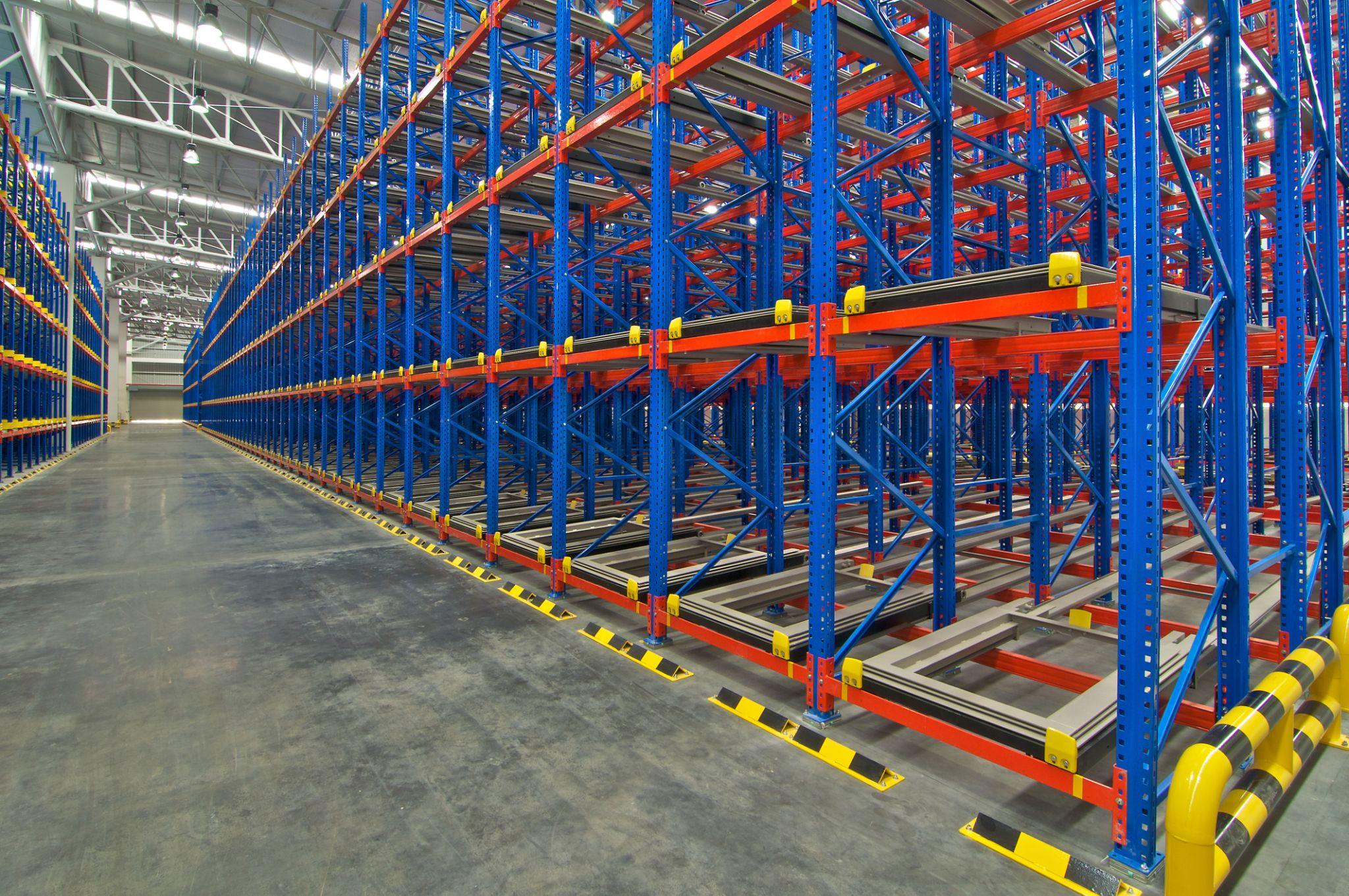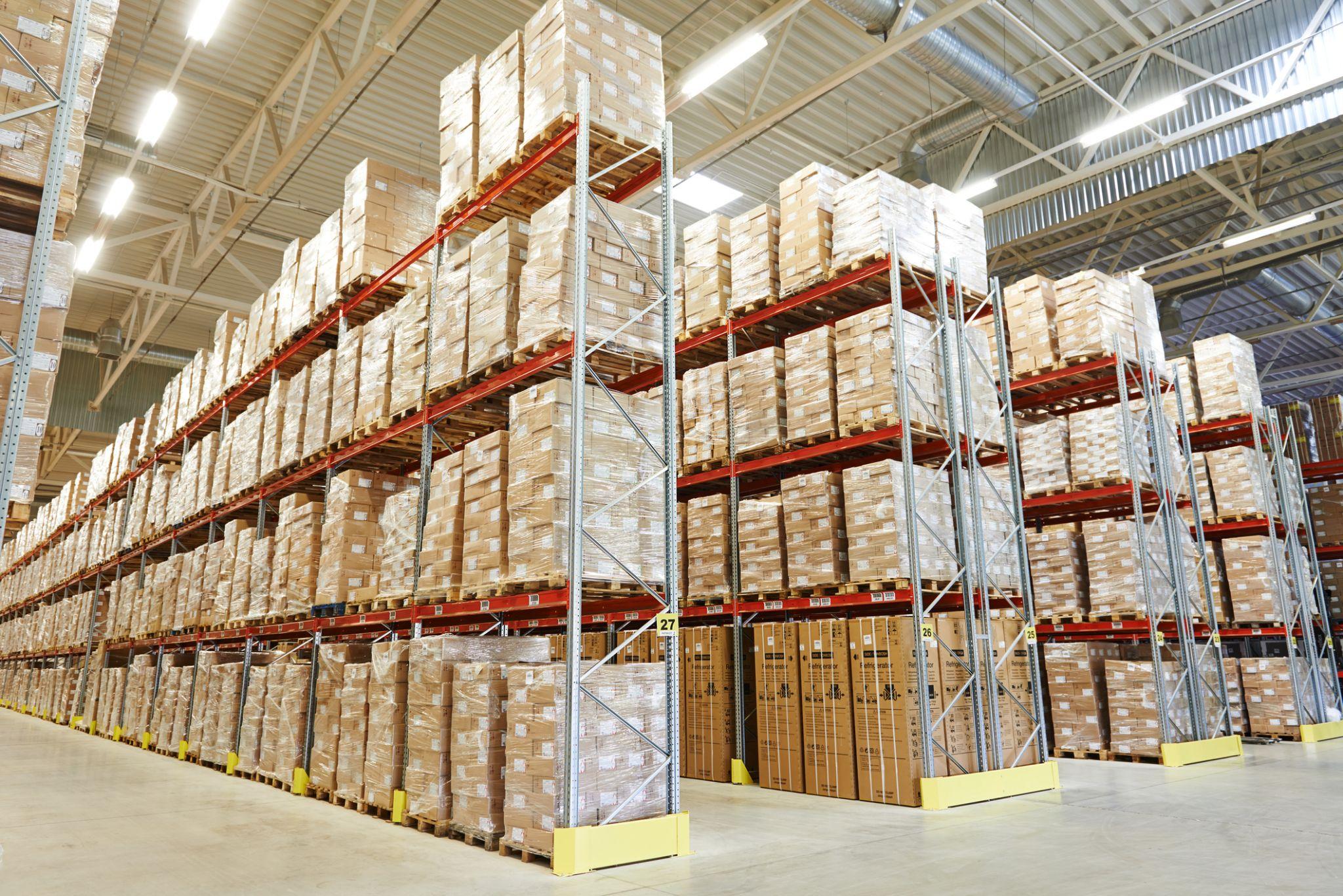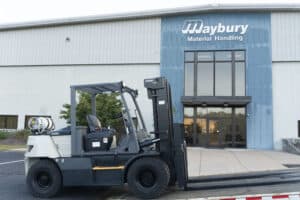Drive-In vs. Drive-Through Racking: Pros and Cons
When it comes to warehouse design, one of the most important decisions you’ll have to make is what kind of racking system to use. Two popular options are drive-in and drive-through racking. But how do you know which one is best for your business? In this blog post from Maybury Material Handling, we’ll explore the pros and cons of each type of storage racking system, as well as some key considerations to help you make an informed decision for your warehouse.
1. Overview of Drive-In vs. Drive-Through Racking Systems
Drive-in racks are designed for storing large quantities of the same item. They are typically used for products that don’t need to be accessed frequently and where stock rotation isn’t a major concern. Drive-in racks are also great for maximizing storage space since the aisles between racks can be eliminated.
Drive-through racks, on the other hand, allow for access from both ends of the rack. This means stock can be loaded from one end and retrieved from the other, making it ideal for time-sensitive products that need to be rotated frequently. FIFO (first in, first out) retrieval is a common feature of drive-through racking systems.
2. Pros and Cons of Drive-In Racking
The pros of drive-in racking include:
– Higher storage density: Drive-in racking can maximize storage density by eliminating aisle space.
– Low pick face: You can store a large amount of inventory in a smaller amount of space, which can reduce warehouse costs.
– Ease of loading and unloading: Since goods are stored sequentially, it’s relatively easy to load and unload large quantities of inventory at once.
The cons of drive-in racking include:
– Limited accessibility: Drive-in racking can be challenging to access because you need to remove all the pallets in front of the one you want to reach.
– Limited stock rotation: Because the system is based on LIFO retrieval, products that require a specific expiry date or lot number can be challenging to manage.
– Susceptible to damage: Due to its design, this type of racking is more susceptible to forklift damage.

3. Pros and Cons of Drive-Through Racking
The pros of drive-through racking include:
– Opportunity for FIFO inventory management: Since products can be loaded and picked from either side, it can be easier to manage FIFO inventory.
– Increased accessibility: Compared to drive-in racking, drive-through racks are more accessible.
– Reduced damage: Dynamic rack designs can reduce forklift damage.
The cons of drive-through racking include:
– Lower storage density: Because of the need for aisles on both sides of the rack, you’ll need more square feet of warehouse space to accumulate the same amount of products.
– Higher cost: Due to the requirement for a more complex design, drive-through racking can be more expensive to implement.
– Easier to lose track of items when storing: If not well-managed, inventory and items are easier to lose track of.

4. How Custom Warehouse Design Can Help Determine the Right System
Although both both types of racking systems have their unique benefits, there is no “one-size-fits-all” solution. Custom design is essential to ensure the best fit between the type of racking and the products being stored.
Some factors to consider when designing a warehouse racking system include:
– The size and weight of products
– The required levels of access and security
– Overall storage capacity
– Required levels of stock rotation
5. Considerations When Selecting a Warehouse Racking System
When selecting a warehouse racking system, there are several key considerations to keep in mind:
– Warehouse layout: The size, shape, and layout of your warehouse will play a significant role in determining what kind of racking system makes the most sense for your business.
– Budget: You’ll need to consider the costs associated with custom design, installation, and ongoing maintenance of your racking system when deciding on a budget.
– Product characteristics: Specific products may require particular storage conditions, including lighting, refrigeration, or fire safety measures.
– Warehouse equipment: Forklifts are designed differently for different types of racking and therefore should be considered when selecting your racking system.
6. Tips for Maximizing Efficiency in Your Warehouse Space
Regardless of which racking system you choose, here are some tips for maximizing efficiency in your warehouse:
– Use compatible equipment: Make sure the forklifts and other equipment you use with your racking system are compatible with the design.
– Proper sloping: If storing heavy items, ensure the racking is angled so that the pallets move gently to the back of the rack.
– Safe handling: Ensure the forklift operator follows all safety procedures.
– Routine checks: Conduct regular inspections to confirm that the racking system is functioning as expected.
When selecting a warehouse racking system, it’s essential to consider the unique needs of your business to ensure a suitable solution. Drive-in and drive-through racking can help you maximize your floor space utilization in different ways, but they each come with pros and cons that must be considered. At the end of the day, choosing which system to invest in will depend on your storage needs, accessibility, and budget. But no matter which option you choose, proper design and maintenance will help you get the most out of your system.



